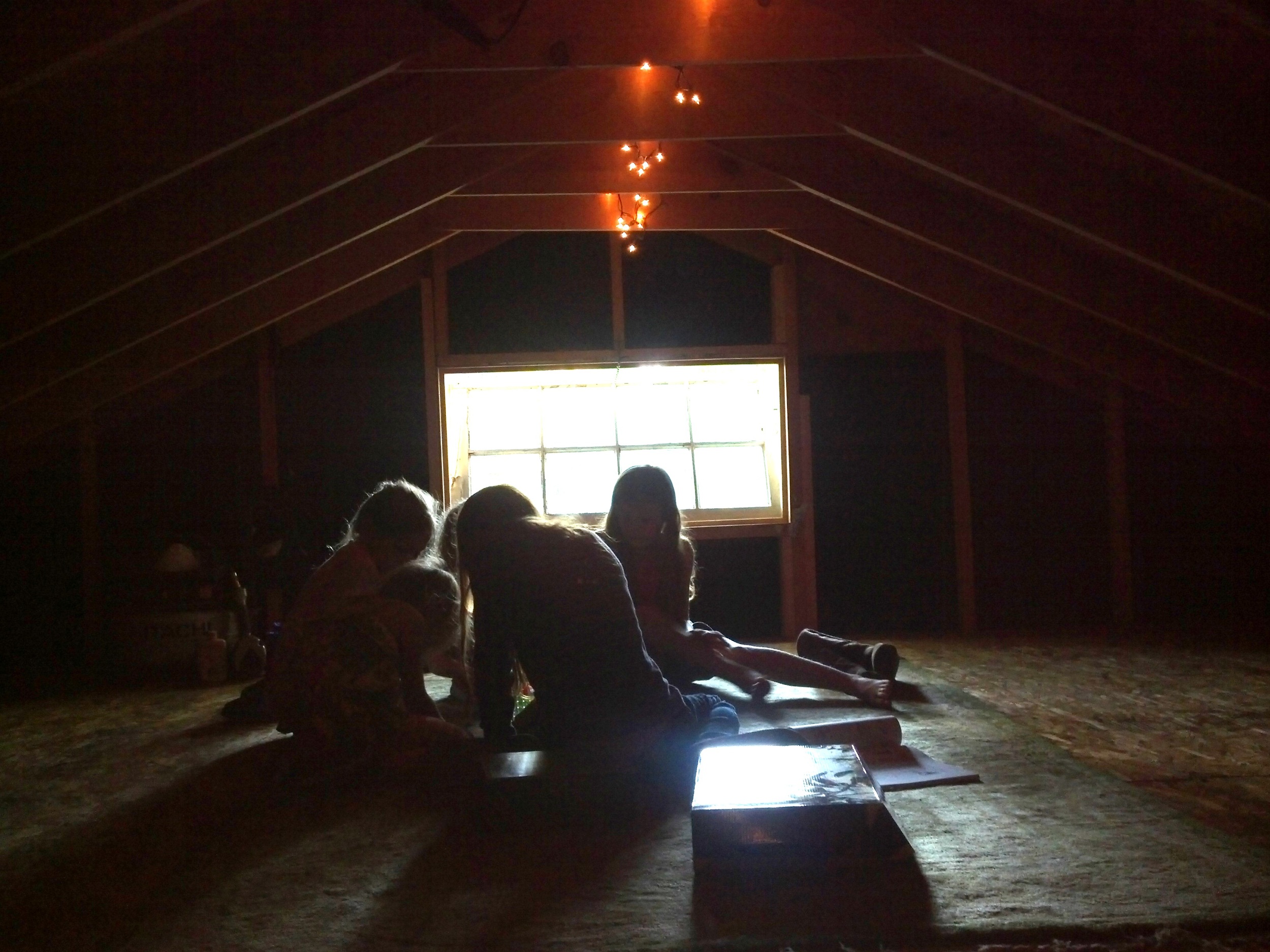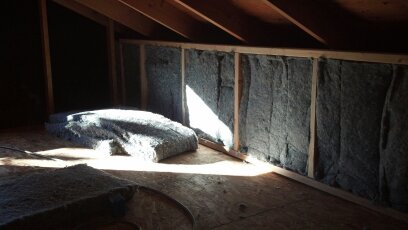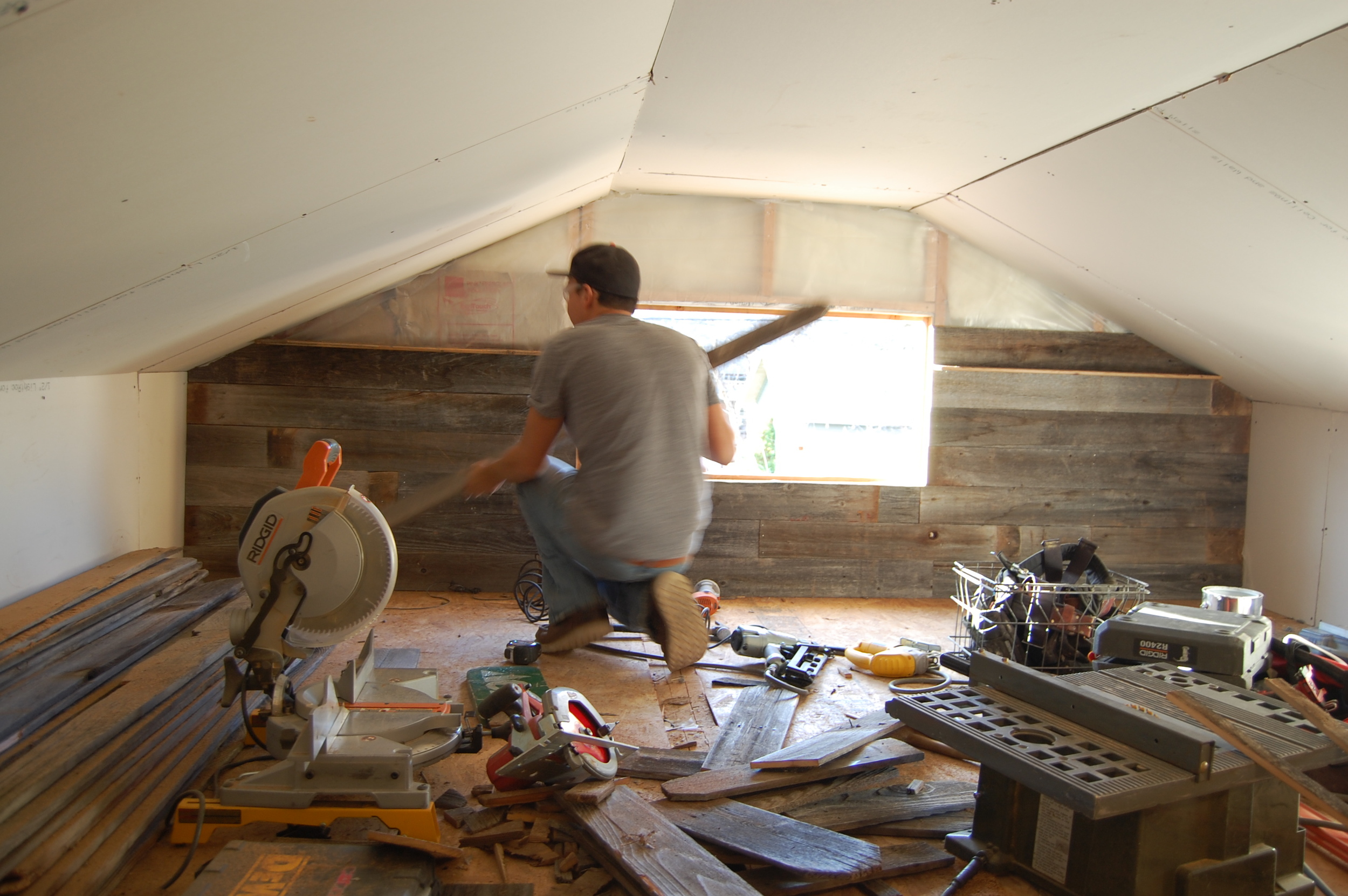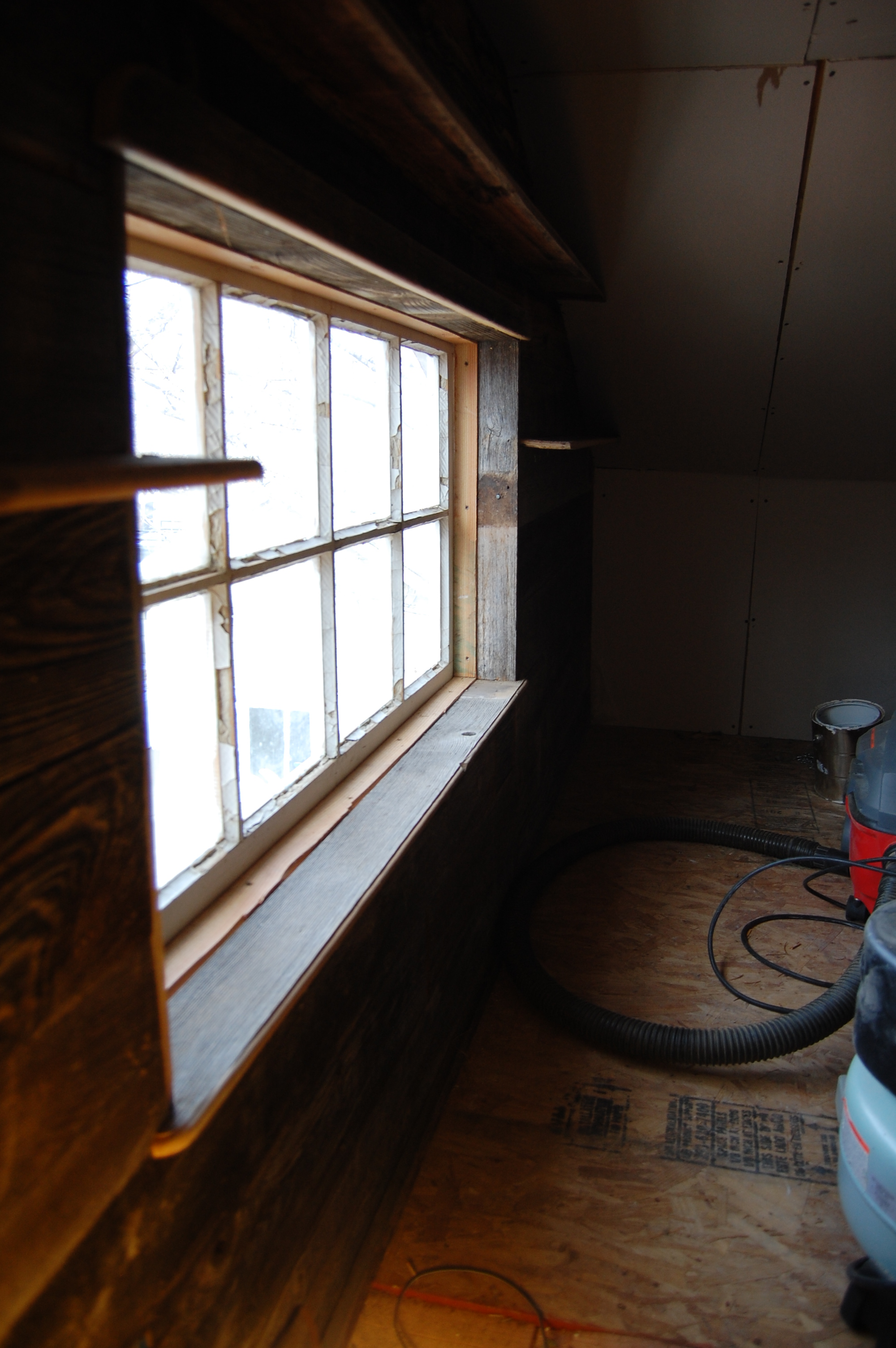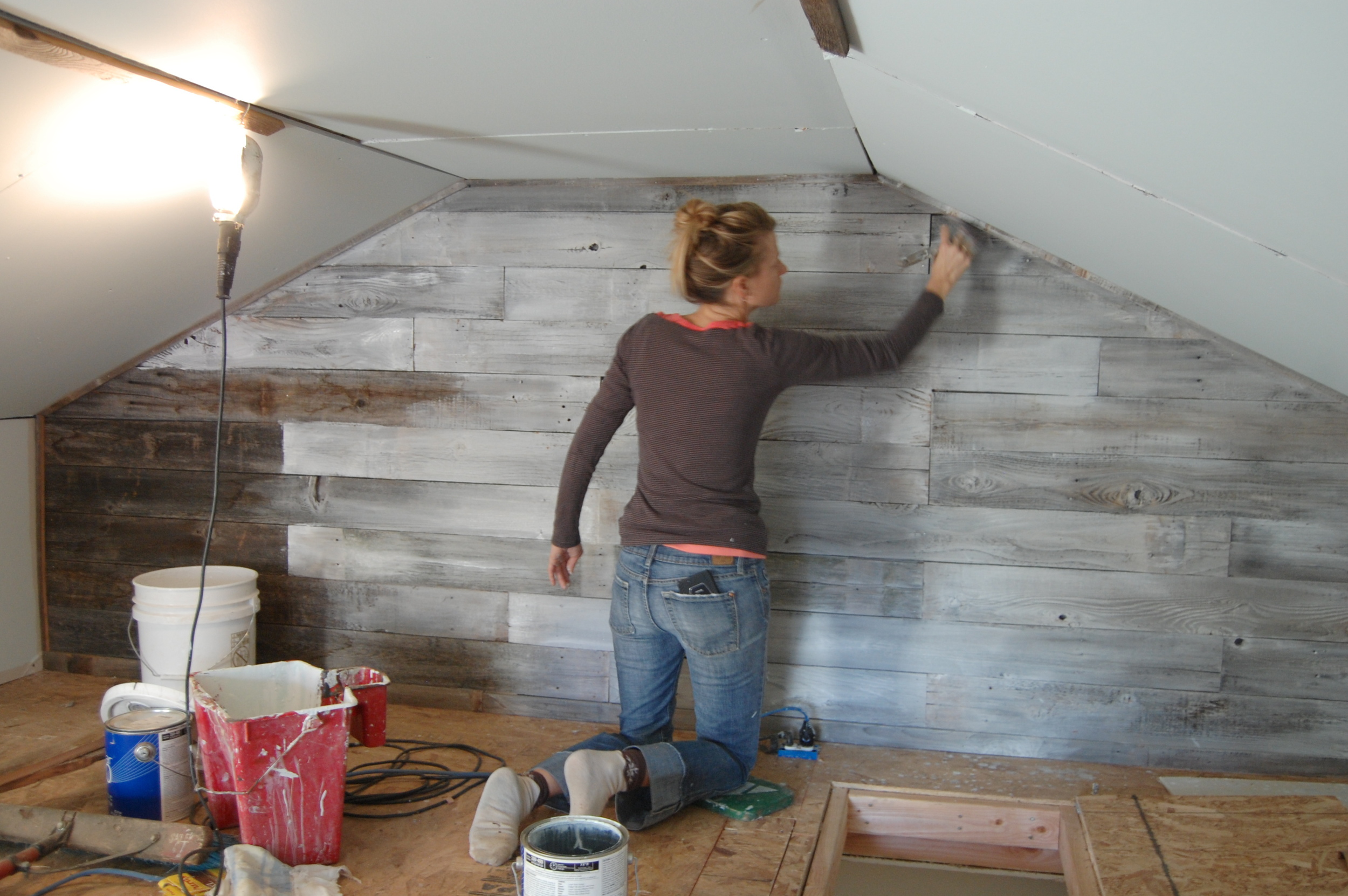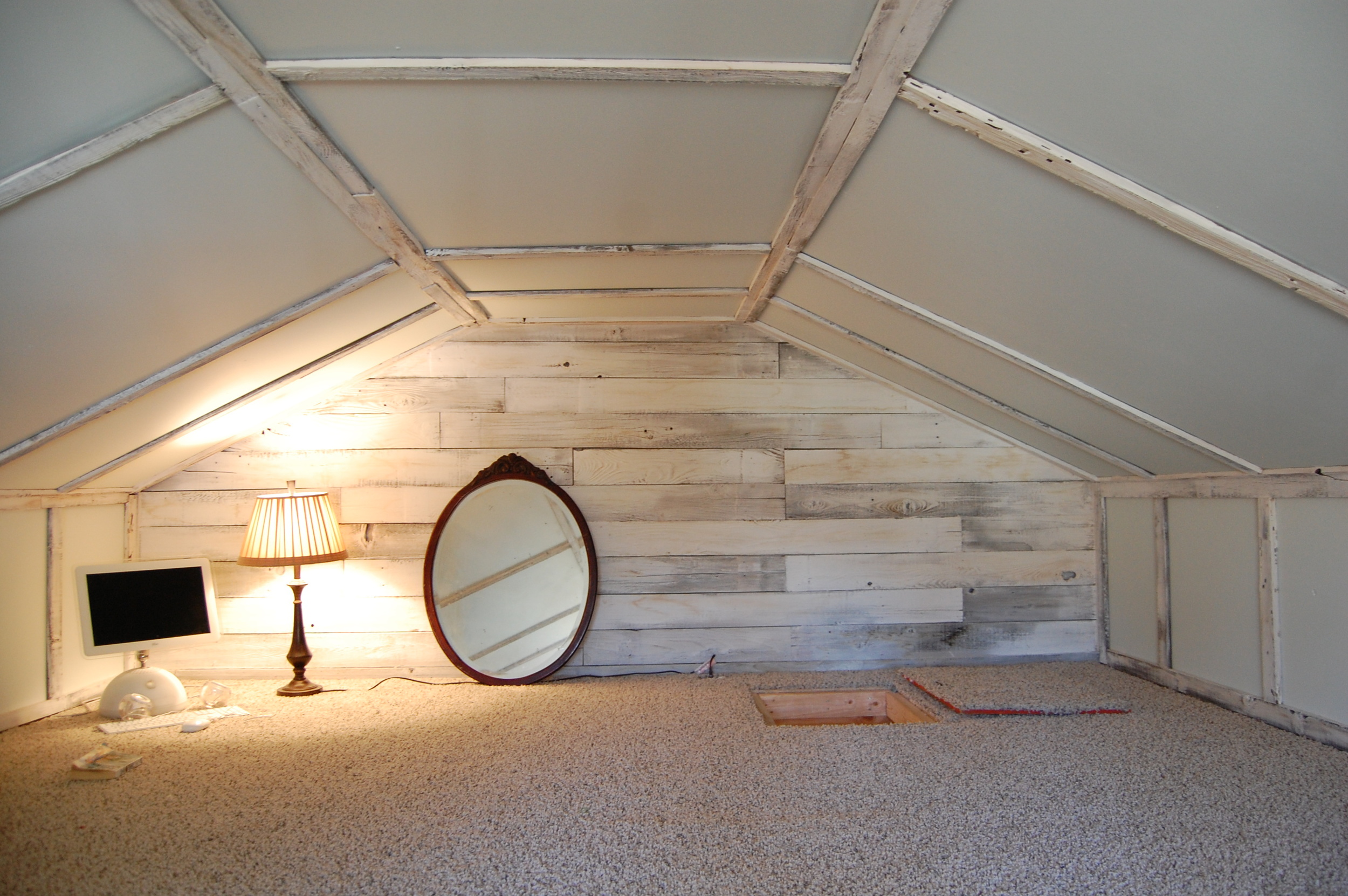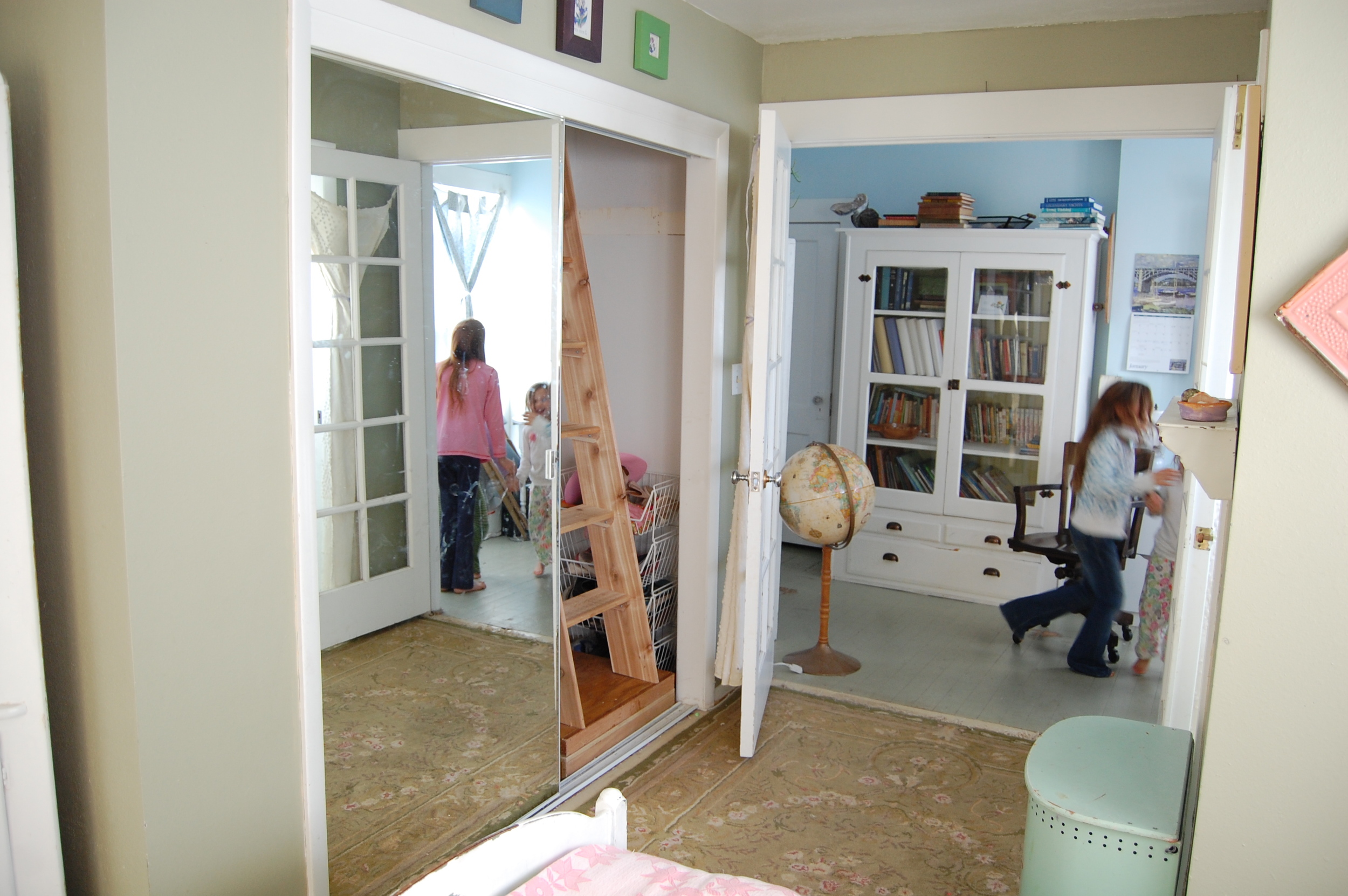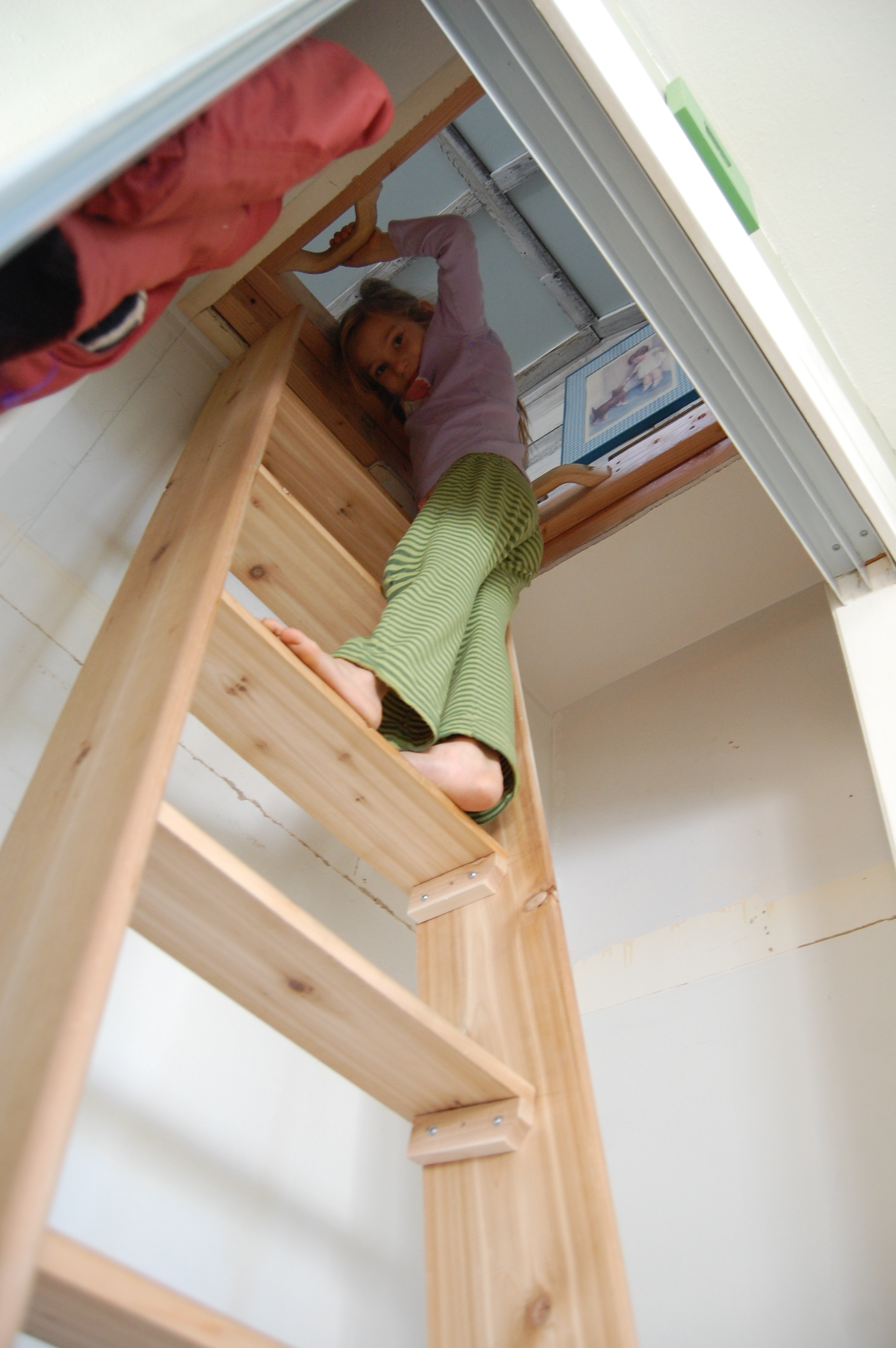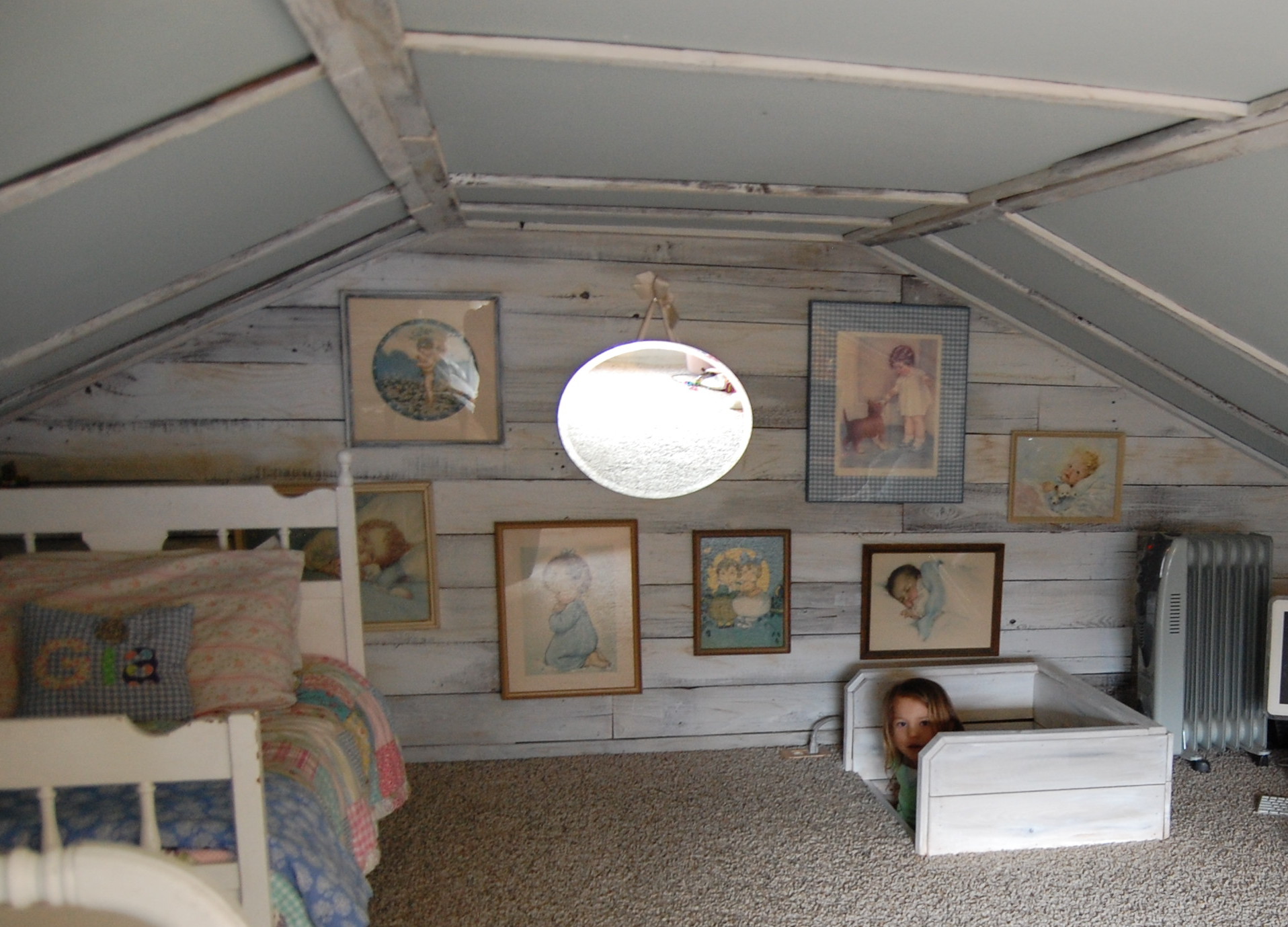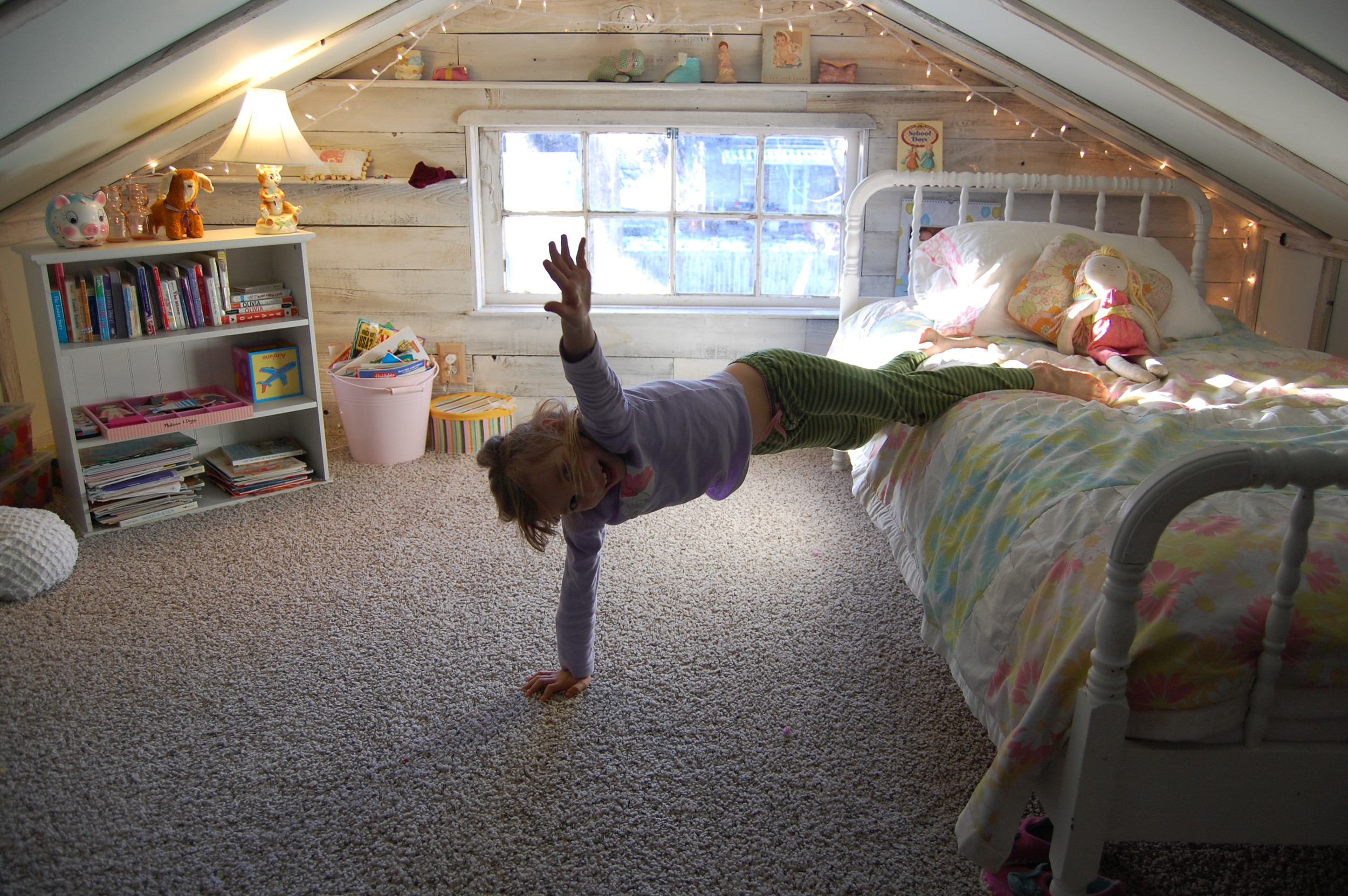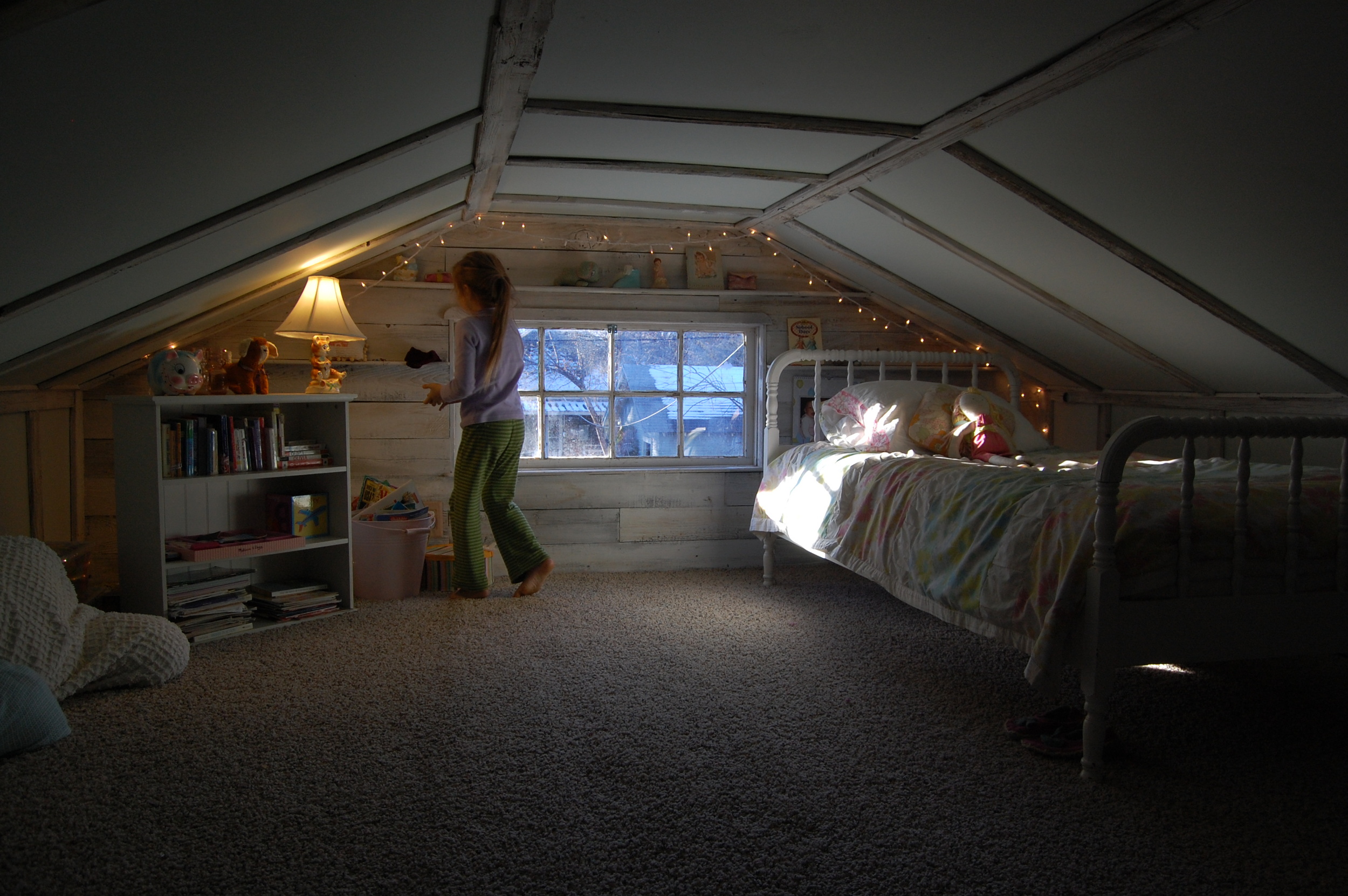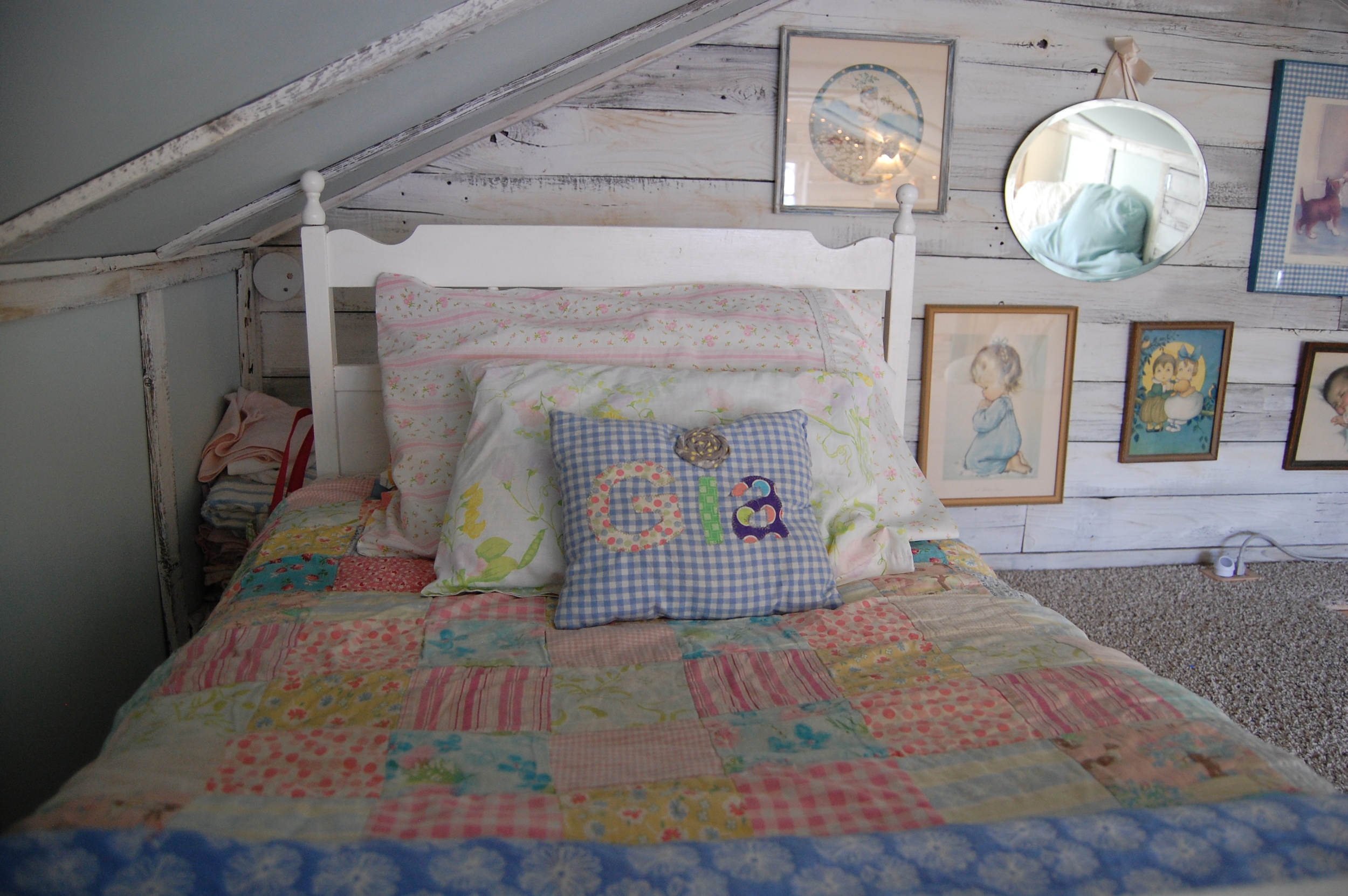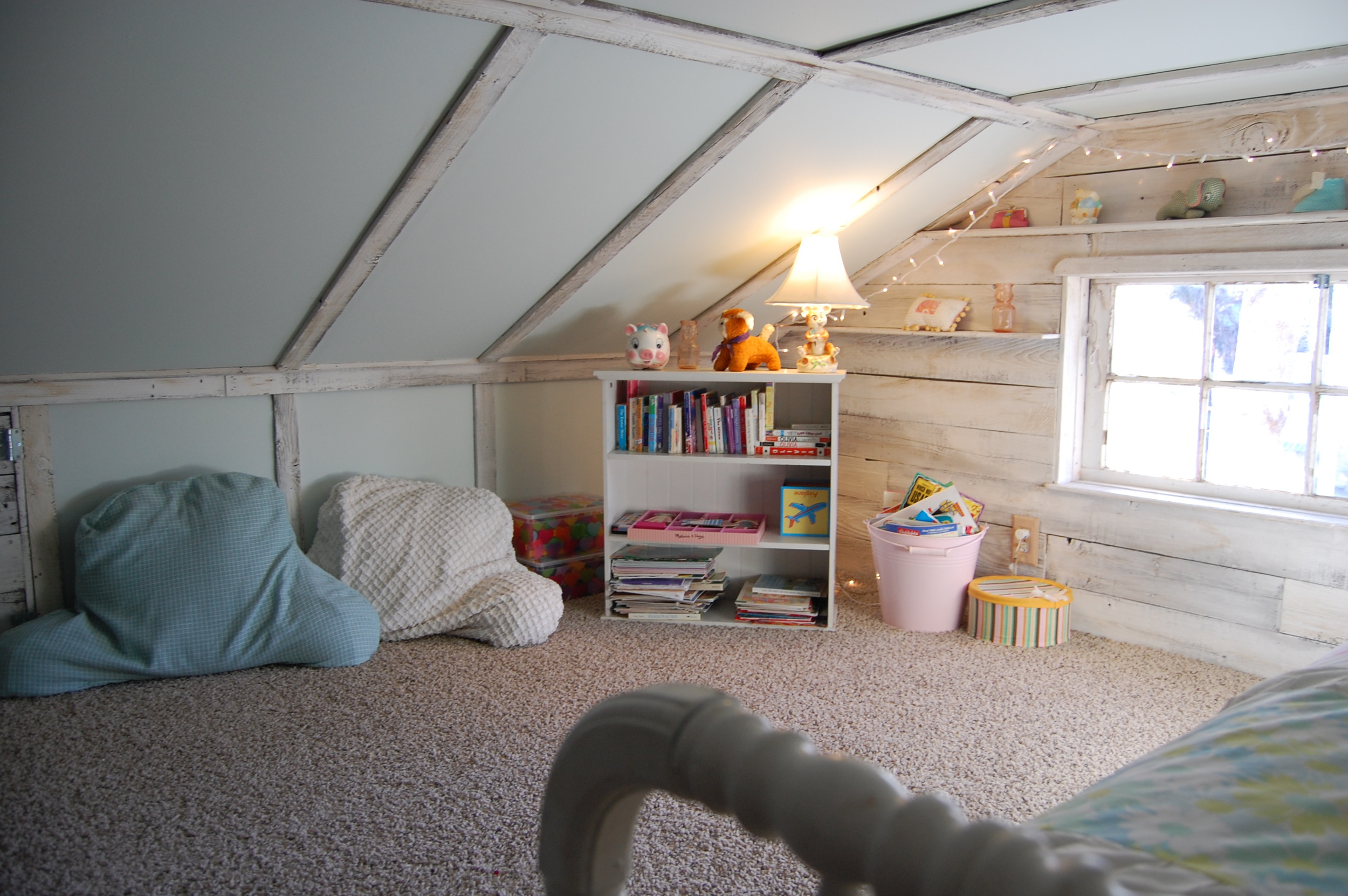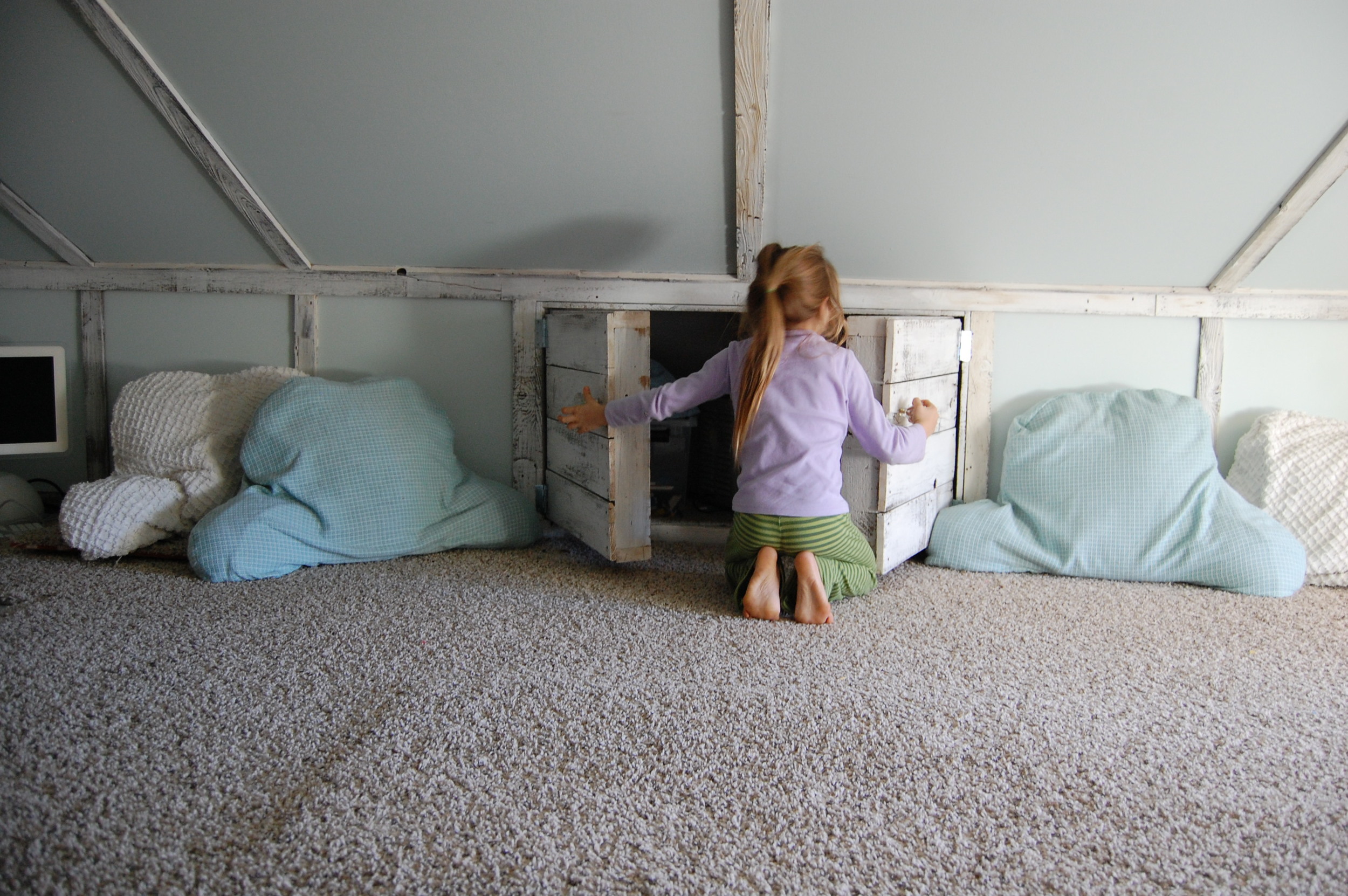Trash to treasure. Our reclaimed wood adventures...
Something I dearly love about my hubby is that he loves old stuff. When we met, the only vehicle he owned was his rusted out, old '67 International pickup. I loved it. I remember admiring his small corner collection of old records, scouting a vintage Hawaiiana print on his wall, admired an old tablecloth of his grandmother's on the table at his place. My momma used to work in antiques and was forever finding treasures, which my whole life I've been surrounded with.
Jeremiah and I both love one-of-a-kind items with a story to tell. One of our favorite dates is walking through thrift stores together, antique malls, hitting up a garage sale or a good flea market... in fact - he will even tell me "slow down! We're going to miss something.." if my meandering pace is too swift and makes him feel rushed. This year - two highlights of our anniversary date were collecting driftwood at our favorite lake, and going to the recycle yard to collect discarded fence paneling.
...which brings me to THIS post!
A couple of years ago - I fell in love with vegetable gardening - and Jeremiah got behind my dream of growing as much produce as possible on our (less than) 1/5 of an acre lot. We start seeds in the basement under grow lights every winter, now - and since last February - I get to transfer them to my very own greenhouse in the early spring!
One of the most exciting parts of watching him build this greenhouse - was seeing the way that the materials for the project came together. We are often not in the position to just go right out and purchase a lot of the things we desire - (even if they will eventually save us money).
We dream.
Clip from magazines.
Sit on the floor at the bookstore with a stack of home and garden books and say "ooh" a lot.
But little by little - as we wait and watch and trust... I can see how God loves to blow our socks off by providing even more creative ways to give us little pieces of our dreams. Small and big gifts that speak love to my heart.
This greenhouse came together so beautifully - as the skills that he has acquired through years of struggle and hard work - worked their magic alongside traded windows from a dear neighbor, reclaimed doors, hardware, collected bricks and yes... some new material from the big box stores. I absolutely love the way it turned out.... but my FAVORITE part is the inside walls. We used wood from discarded cedar fence paneling.
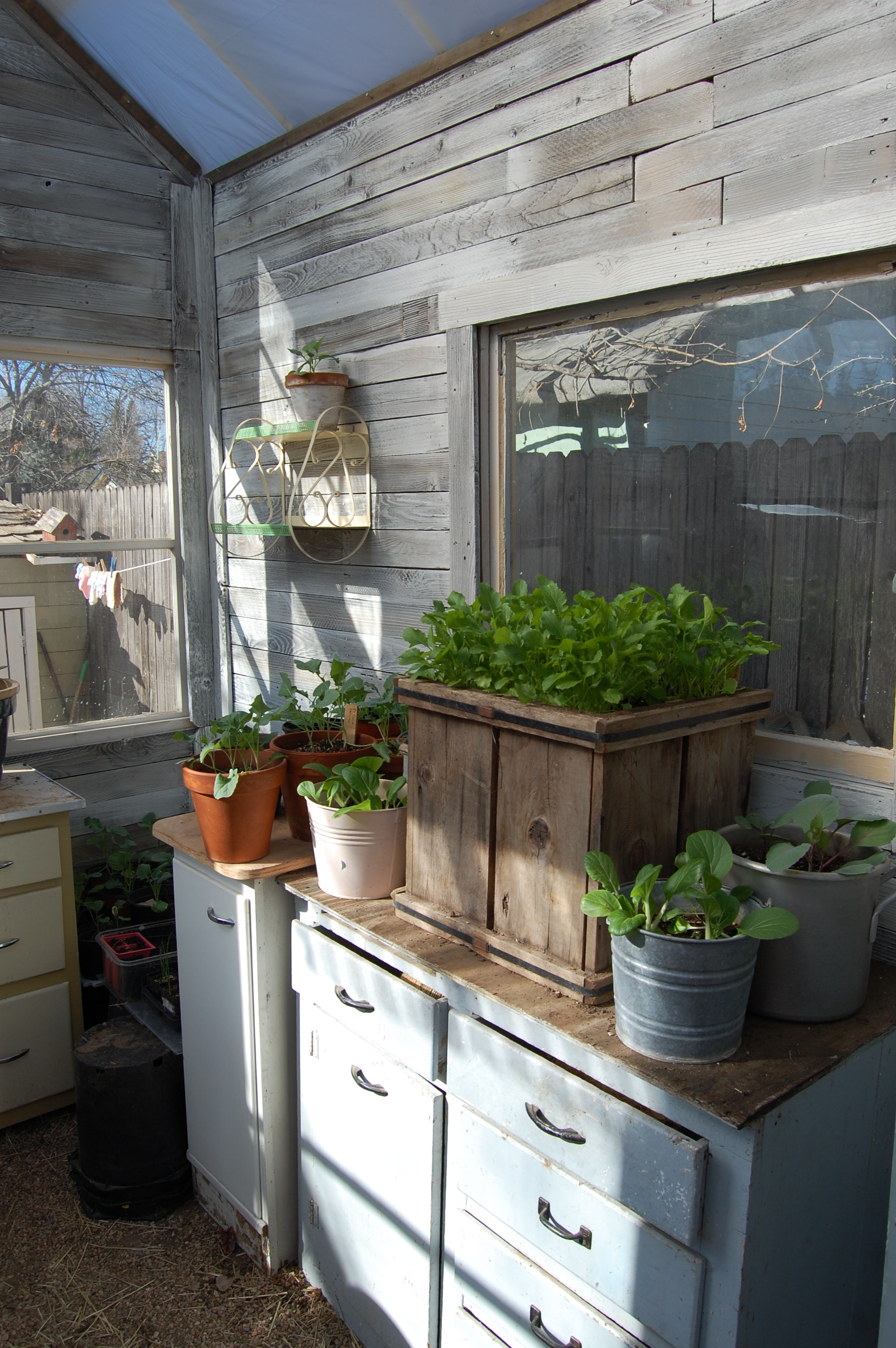 Because a greenhouse needs optimum light for plants to grow, we decided it was best to whitewash the wonderful old distressed wood.
Because a greenhouse needs optimum light for plants to grow, we decided it was best to whitewash the wonderful old distressed wood.
It was such a fun project and made us start to think... what ELSE can we use this (free) wonderful recycled lumber for??
Jump ahead one year. Our family of 6 is busting the seams of our little 1100 square foot house. We decide to try and 'finish' one section of our attic ... just to make a fun extra play room for the girls. We found an old window we loved at our local recycled building supply store. That went in last summer. Getting the floor in was SO exciting! We threw a rug up there and some white lights - and the girls would go up and play games and peek out the window into the backyard.
Once the walls were framed in, we could start to picture how the room would feel. We were excited to find that recycled denim insulation was actually a bit cheaper than the horrible-to-install fiberglass type, so we used this for the walls. As the room began to take shape - we could tell that this attic was the next perfect place for our reclaimed wood.
We paneled both ends of the room with the cedar fence panels (just like the greenhouse).
Don't you love how I say 'we'... when I clearly mean 'he'?
After searching online, we saw a great idea - to put small shelves into the wall's paneling - so we (he) put those in on the window (west) wall.
Once both walls were paneled, we used an idea we'd found in a book where they used trim to cover the seams of the drywall in an old cabin. This creates a seamed/paneled look while avoiding the time consuming step of tape, mud & texturing the walls. We had extra floor space to the south, so we were also able to add a long storage space with doors to store sleeping bags, toys and such...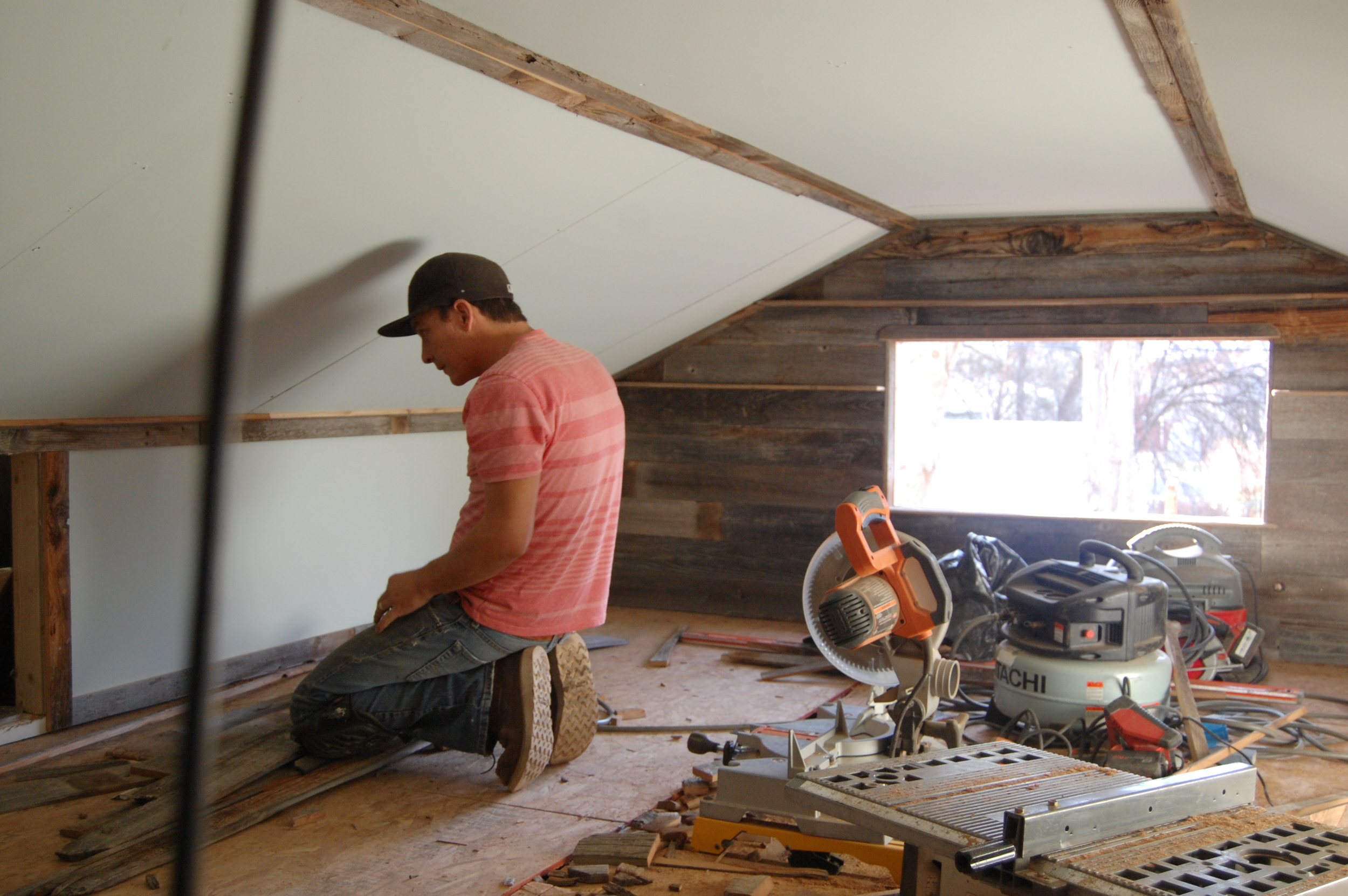
The room turned out to be so cute - we finally decided to make it into a bedroom. It has added so much room to our home - and our two littlest girls can walk around upright for now - so it works for them!
Here are a few pictures of the room as it is now... beds and all! Ruby and Gia feel like the luckiest girls around, with their special attic bedroom!
This little boxed wall around the entrance helps make the entrance spot safer, but the girls all know that it's still a place to be very cautious! Babies/toddlers are not safe without constant supervision up here.
So this is how we got creative and made a small house a little bigger. Sometimes when you've got a bunch of kids, you've just got to put them up in the attic!

